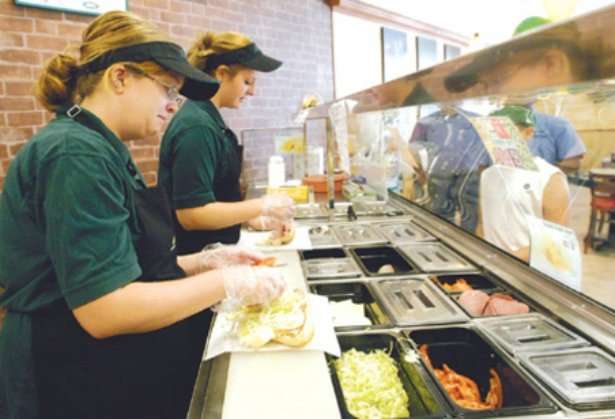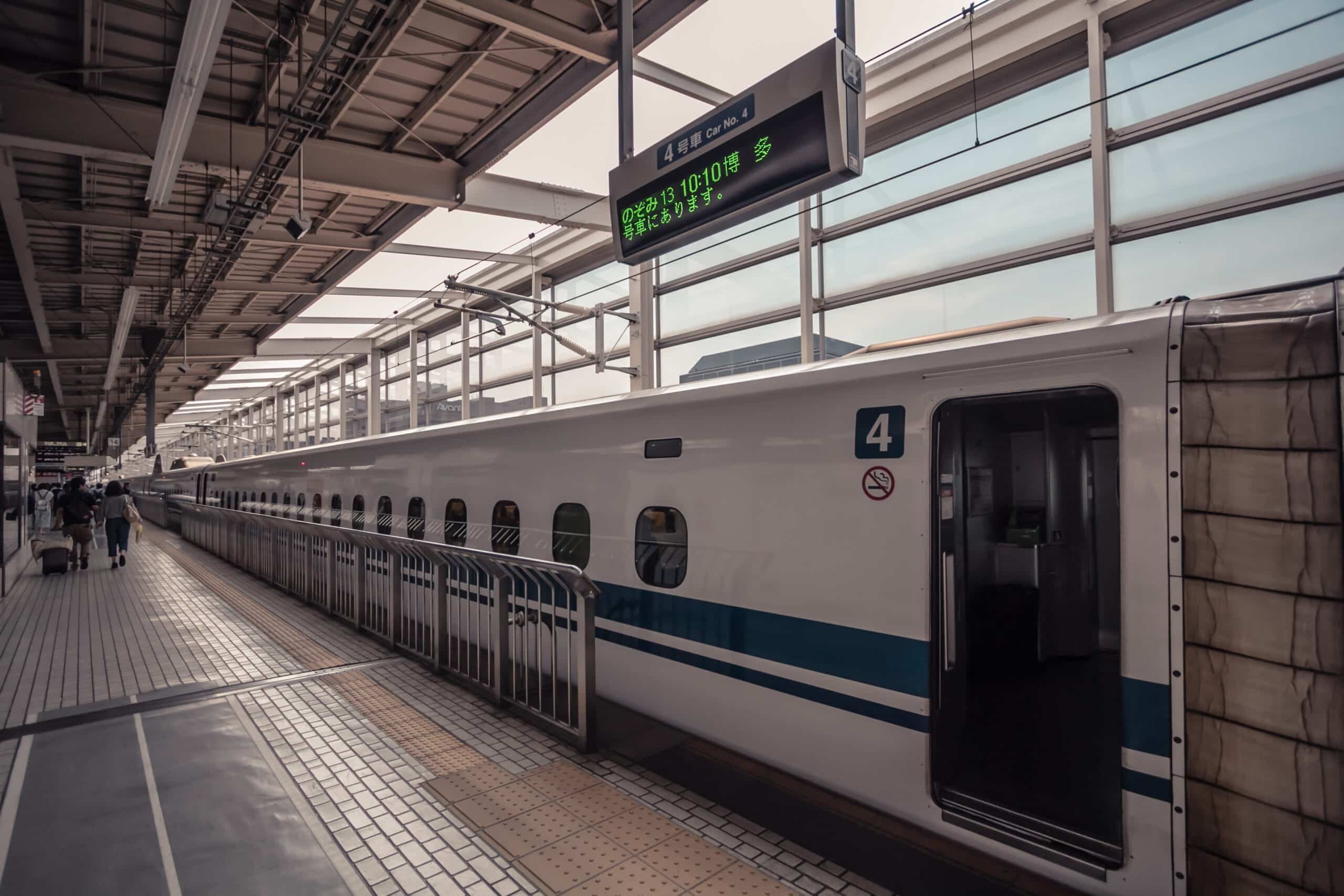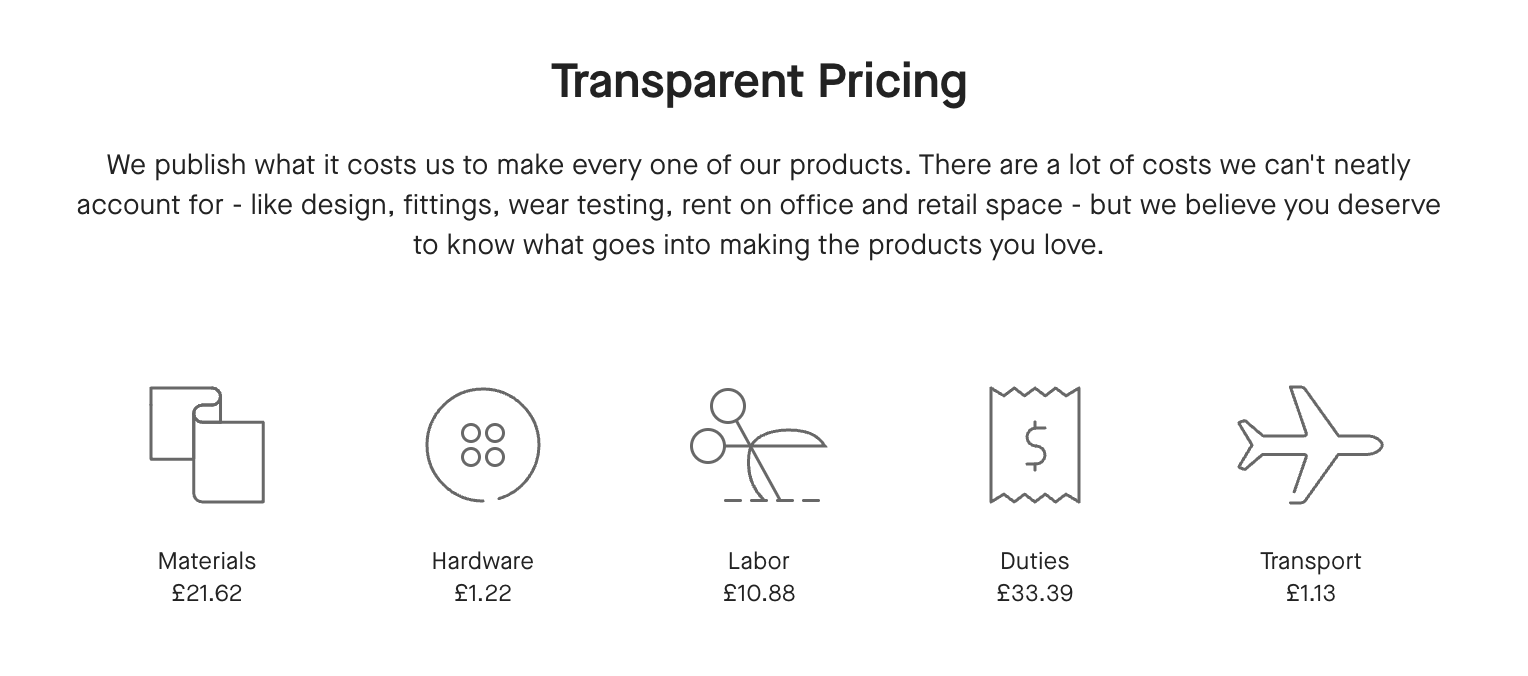Have you ever eaten at Subway? Their servers, called Sandwich Artists, make your food to order right in front of you. Step-by-step you tell the Artist what you want and how much of it you’d like, and they construct your perfect Subway sandwich.
“Showing their work” has proven to a be compelling business proposition. Subway is one of the largest food franchises in the world, with more than 41,000 stores in 100 countries. If you’ve ever eaten at Subway, you’ve experienced the power of Operational Transparency.

Source: Google Images
What is Operational Transparency?
Operational Transparency is the inclusion of windows into your company’s process so customers can see the effort that’s going into their experience. According to recent research, experiences that use Operational Transparency cause customers to value products more highly and can even make people happier.
Operational Transparency has been demonstrated in various studies. For example, in an experiment about college cafeteria workers. They found that when students could see people making their food, they rated the quality of their meal 22% higher. Students were able to make a more personal connection, not just to the servers, but to the process of creating meals.
Even more interesting, when workers could see the students they were serving, output went up 19%. The servers could see the people for whom they were making food, so the process became more personal for them too. Employees cared more when they could make a connection with the people who benefited from their work.
Real-world Examples of Operational Transparency
1. Dominos Pizza Tracker
Back in 2008, Dominos had a big operational and customer experience challenge. When a customer’s order took longer than expected, they’d call the store on the phone to see where it was.
This would cause a chain reaction . The employee on the phone would put the customer on hold, go back to the kitchen, talk to the staff, interrupting their pizza-making process. This process would cause operational chaos and delays for everyone.

Source: Google Images
Dominos knew they had to do something to stop customers from calling the store. They soon realized there was already a system they could use to improve order transparency — their order management software.
The software was used to create the Dominos Pizza Tracker, which showed customers exactly where their order was. It improved the customer’s experience and improved the store’s operations.
2. The City of Boston
Big cities the world over struggle with maintenance. Many times, the city is so busy fixing the problems that they don’t keep an eye on new ones that are developing.
To manage this challenge, Boston built a website where residents can report potholes and track the repair process online.
The program was such a success that the service can now be used for a litany of complaints. Snow shoveling, overflowing trash cans, and sign damage are all handled through the service.
There’s even a 311 app that anyone can download to take pictures and make reports on the fly.

Source: 311.Boston.gov
After tracking 20,000 Boston residents over two years, researchers found that using the app increased people's willingness to engage with their local government. There was a 59.8% increase in public service requests across 37.7% more categories for those residents who used the app.
3. Tessei
Tessei is a Japanese company that cleans bullet trains - but they were having a hard time finding new employees. Cleaning work wasn’t respected because it was perceived to be dirty, dangerous, and difficult.
But in reality, it was a mind-blowing feat of efficiency, called the “7-Minute Miracle” because Tessei could clean an entire bullet train top to bottom in less than 10 minutes.
Teruo Yabe, a company leader, thought if their cleaning process was easier to see, customers - and potential employees - might finally understand how skilled Tessi workers were.
So he changed the color of employee uniforms from a pale blue to a bright red.
Customers could now easily spot the 22-person Tessei team while they cleaned 1,000 seats in only seven minutes.
This visibility transformed the dynamic between cleaners and customers. What had been perceived as a shameful job in the past, was now one to which people began to aspire.
4. Everlane
Everlane, an American clothing retailer, practices what they call "radical transparency." On each product's page, they share the cost of materials, labor, transportation and more. The brand also shares detailed information about the factories where its products are made, so the customer understands the process and reasoning behind Everlane's prices.
🚀 Learn what makes buyers tick
Join 8k+ of world's best marketers from brands like Disney, Coca-Cola, Google who are learning marketing psychology in <5 mins a week.
How to apply Operational Transparency to your experience
There are three key moments in the customer journey in which to provide transparency:
- People: Can our customers see, speak to, or interact with our employees? Can customers watch the labor process? Is there a way to make our employee’s process centerstage in the customer experience?
- Process: Do people know where our products come from, and how they’re made? Can we provide any more information on how their product is being assembled while they wait, or before they’ve seen the item on the shelf? Can we provide pictures or other visual confirmation?
- Post: When customers are waiting for a delivery, are we clear about where, when, and how this is being fulfilled? Is it clear to them what “late” looks like and are we communicating to them why a package might need to be delayed?
How you apply Operational Transparency can flex depending on your industry:
- Retail and eCommerce can benefit from price transparency: A 2020 study found that being transparent with the costs to produce and sell an item (like our Everlane example, above) increased product sales by 22%.
- Financial Services can benefit from "trade-off transparency": A Harvard University research team partnered with the Commonwealth Bank of Australia (CBA) to observe how being up front with the pros and cons of applying for a specific credit card. They found that volunteering this information to customers resulted in 9.9% higher spending and 20.5% lower cancellation rates for these cards. [Source]
- Non-profits can benefit from voluntary disclosure of operations information: A 2018 study found that operational transparency is associated with higher donations in non-profits. And when a non-profit moved from being no transparent to voluntarily transparent, donations increased 53.27%.
Operational Transparency: The Bottom Line
You don't have to overthink Operational Transparency - it can be as simple as having an open kitchen in a restaurant, or giving tours of your factory. In fact, giving customers a tour and showing them how you create your products can increase their willingness to buy from you. A study found that after taking a brewery tour, customers were:
- 85% more likely to recommend the brand to their friends and family
- 32% more likely to buy the company's products after the tour
When customers respond to Operational Transparency, what they’re really engaging with are the people that deliver the experience. It’s when customers see the human side of a brand that it becomes compelling.


